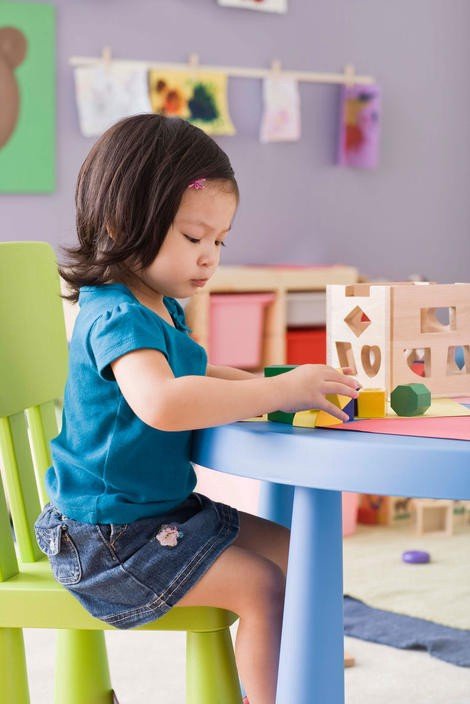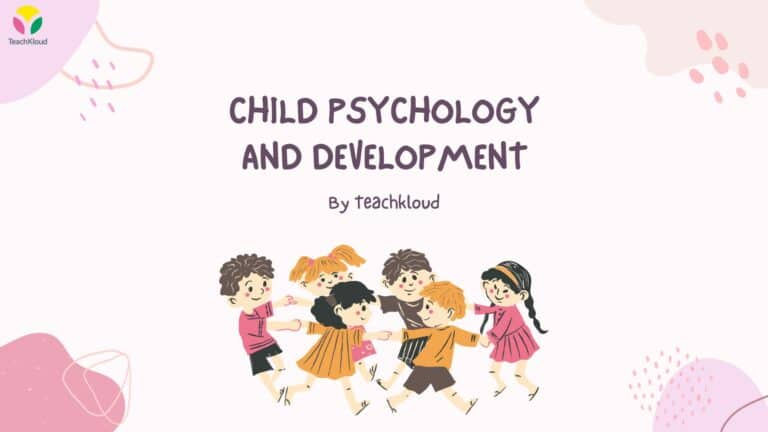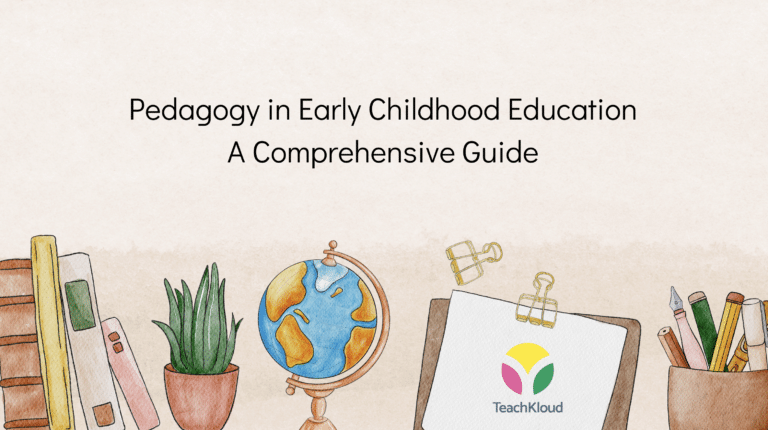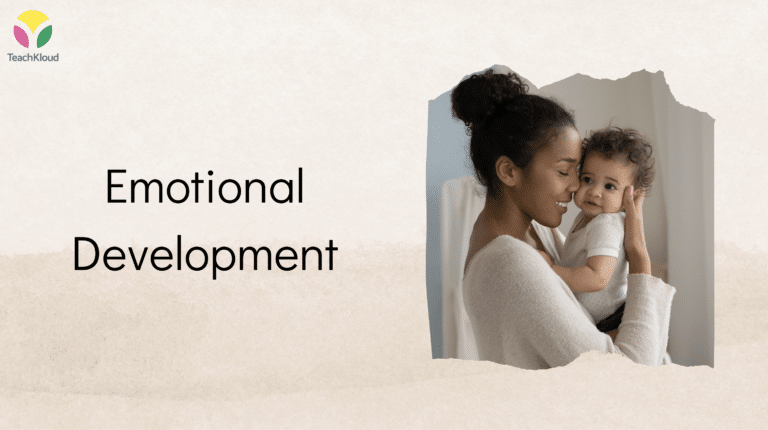There are so many different types of play that little ones take part in, which all have unique benefits for children throughout their development. So, what are the different types of play in children? Take a closer look at our latest blog post, below.
Solitary play may be defined as when the child plays alone with toys that are different from those used by nearby children and makes no effort to engage in play with the other children.
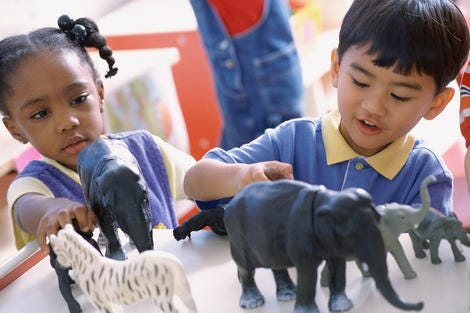
Parallel play is another type of play in children that is defined as where the child plays independently, but among other children. Essentially children will play beside each other but not necessarily playing with the other children in the same way. The children may not interact or talk with each other.
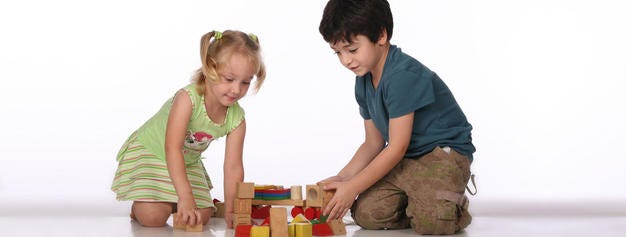
Associative play is when children interact and talk with one another about the materials or toys they are playing with. They may borrow, lend toys and follow each other’s lead. They may play similarly or identically. Each child plays as they wish and are interested more in being with other children than in the activity.

Co-operative play is when the child plays in a group, organised for some goal — to make something, play a formal game (i.e. football) or dramatize a situation. One or two children control who belongs to the group and direct activities. By a division of labour, children take on different roles and supplement each others effort.
Types Of Play In Children
Another different type of play for little ones includes cooperative play when the child plays in a group, organised for some goal — to make something, play a formal game (i.e. football) or dramatize a situation. One or two children control who belongs to the group and direct activities. By a division of labour, children take on different roles and supplement each other’s effort.
The different types of play in children help them to develop throughout their childhood and enhance their skills that can be used into their adulthood. Play in early childhood is highly beneficial for their creativity when learning to develop their imagination and dexterity, as well as cognitive, physical and emotional strength. Through different types of play, children can interact and engage in the world around them and it helps with healthy brain development.
Show some love…Join our blog for amazing giveaways and early childhood news!
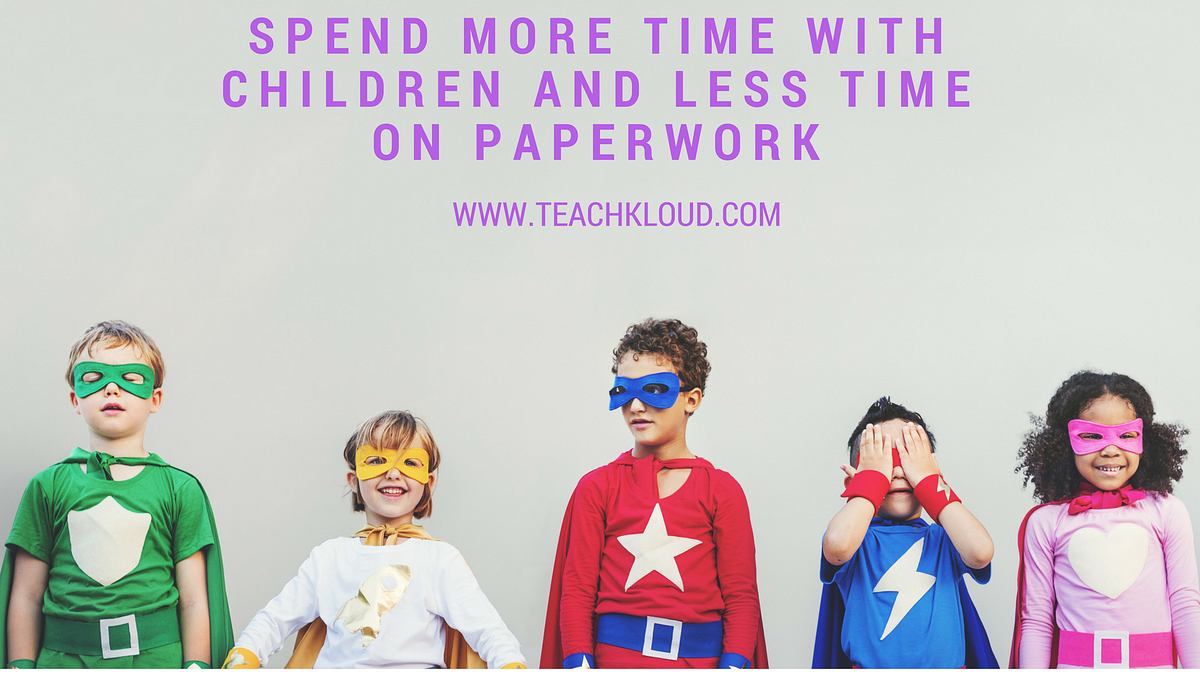
For competitions and awesome early childhood stuff…
Follow on Facebook & Instagram or Twitter
Preschool Provider…let us show you how to reduce paperwork and spend more time with children here
